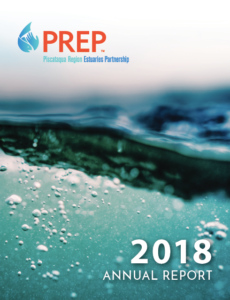About PREP
The Piscataqua Region Estuaries Partnership (PREP) is a collaboration-driven, local organization and National Estuary Program. We are dedicated to protecting and restoring our region’s waterways and estuaries. We believe our 52 community watershed can have it better. We work with towns, researchers, and local organizations to offer scientifically informed solutions to improve the health of our waters.
Through region-wide collaboration and a non-regulatory approach, we’re here to tackle big clean water challenges. We are not an advocacy organization and do not impose regulation. We offer grant funding, process facilitation, workshops for skills-based planning, and outreach (like community building and project guidance). We also conduct habitat restoration to help our ecosystem bounce back, monitor our estuaries–from eelgrass acreage data to water temperature and plankton samples–and publish publicly available data about health trends that impact the entire watershed.
Every five years, we publish our findings in the freely and publicly available State of Our Estuaries report. This report includes data and best practices the whole watershed can use in their decision making.
We are housed within the School of Marine Science and Ocean Engineering at University of New Hampshire and are part of the National Estuary Program (NEP), a place-based program to protect and restore 28 estuaries of national significance. Our work is guided by a Management Committee of local leaders across varied organizations. This Committee drives the development of our Comprehensive Conservation and Management Plan (CCMP), a plan detailing strategies and actions to tackle environmental challenges and promote sustainable estuary and watershed resources.
We work collaboratively with our partners to
- Engage our Community: Working with 52 municipalities, non-profit organizations, groups, and residents to identify and achieve shared clean water goals that support the health of our lakes, rivers, streams, and estuaries. Two of these estuaries are of national significance: Great Bay Estuary and Hampton-Seabrook Estuary.
- Provide Grant Funding: Through our Piscataqua Region Environmental Planning Assessment (PREPA) Grant Program, we offer funding to support planning or regulatory projects that protect natural resources and/or clean water, or projects related to climate vulnerability, adaptation, and/or preparedness.
- Share Knowledge through Technical Assistance: Exchanging information, data, and expertise with various organizations and groups to enhance understanding and address complex environmental issues more effectively.
- Conduct Monitoring and Assessment: Conducting regular scientific monitoring and assessments of water quality, habitat conditions, and wildlife populations in the estuaries.
- Conduct Research and Restoration: Supporting research projects and habitat restoration initiatives to improve the health of watershed ecosystems.
Our Technical Advisory Committee serves as advisors on science related to the estuary program, State of Our Estuaries report, and the implementation of the Comprehensive Conservation and Management Plan (CCMP).
PREP was established in 1995 by the United State Environmental Protection Agency (USEPA) as a designated National Estuary Program under Section 320 of the US Clean Water Act in recognition of the Great Bay and Hampton-Seabrook estuaries as “estuaries of national significance.”
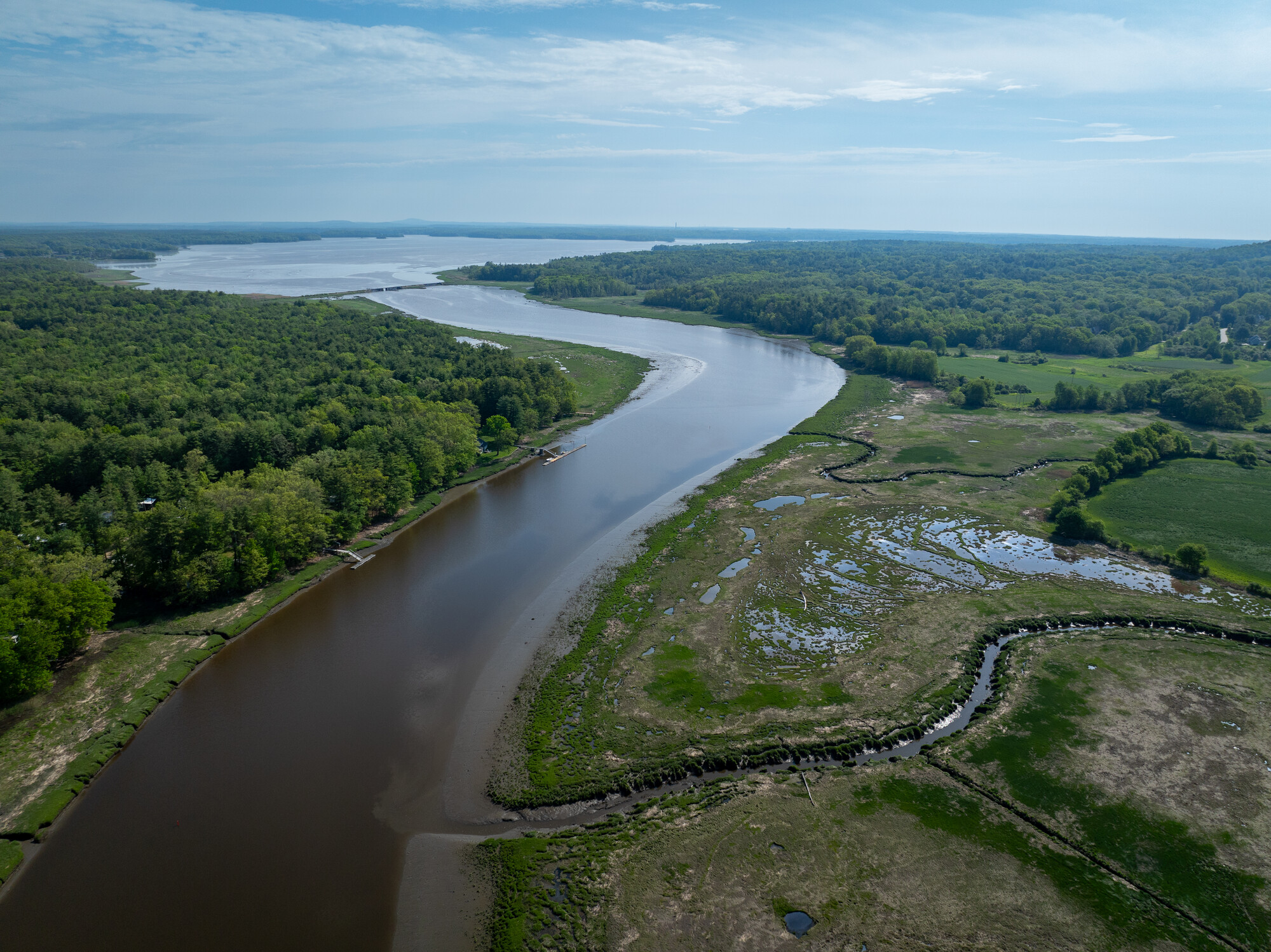
Photo credit: Scott Ripley
Our Mission:
Through community collaboration, we monitor, restore, and protect the health of the lakes, rivers, streams, and the Great Bay and Hampton-Seabrook estuaries in the Piscataqua Region Watershed.
Our Vision:
A watershed community in which everyone works together to promote and celebrate the clean water and healthy environments we all need to thrive and prosper.
PREP Strives to
Improve the water quality and overall health of the region’s estuaries.
Encourage all who live, work, and play on the Seacoast to take actions to help protect and preserve the places we love.
Support regional development patterns that protect water quality, maintain open spaces and important habitat, and preserve estuarine resources.
Track environmental trends through the implementation of a long term monitoring program to assess indicators of estuarine health.
Develop broad-based popular support for the implementation of the Management Plan by encouraging involvement of the public, local government, and other interested parties in its implementation.
Support conservation and restoration initiatives across the region.

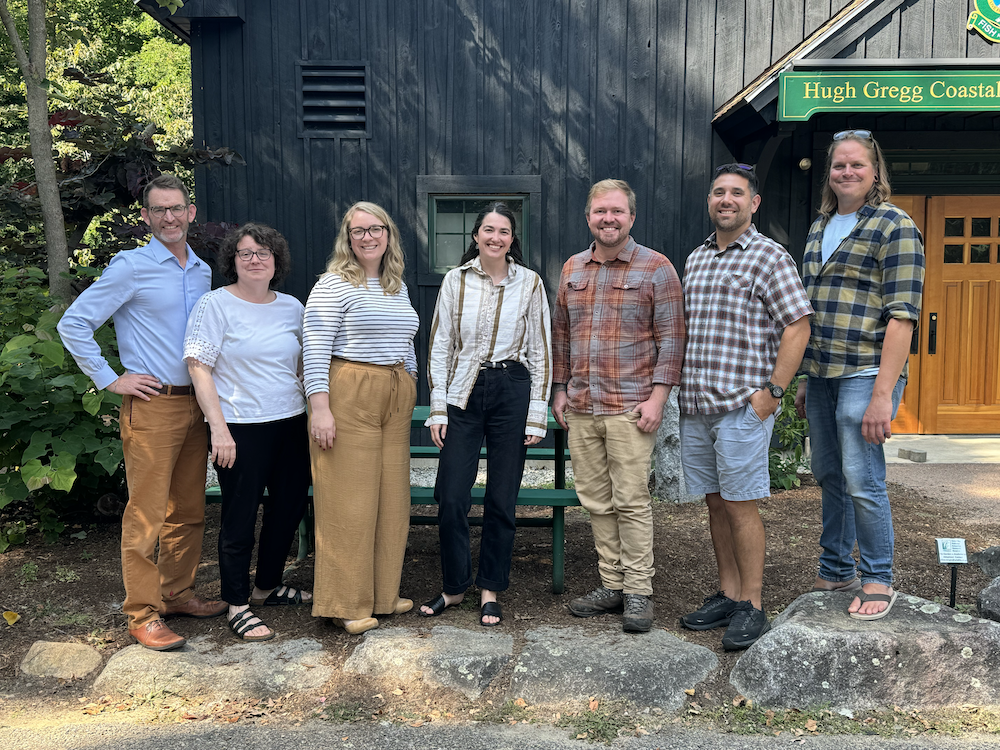

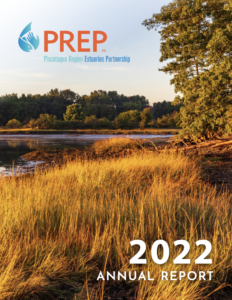
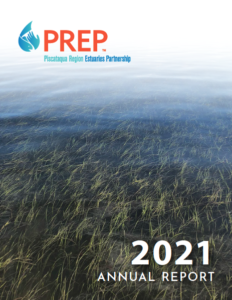
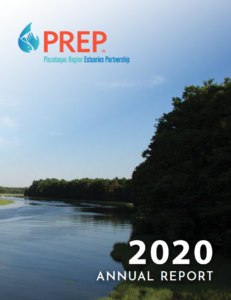
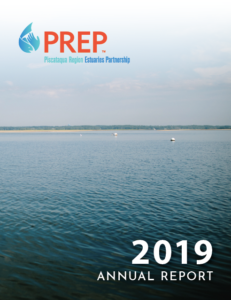 .
. 